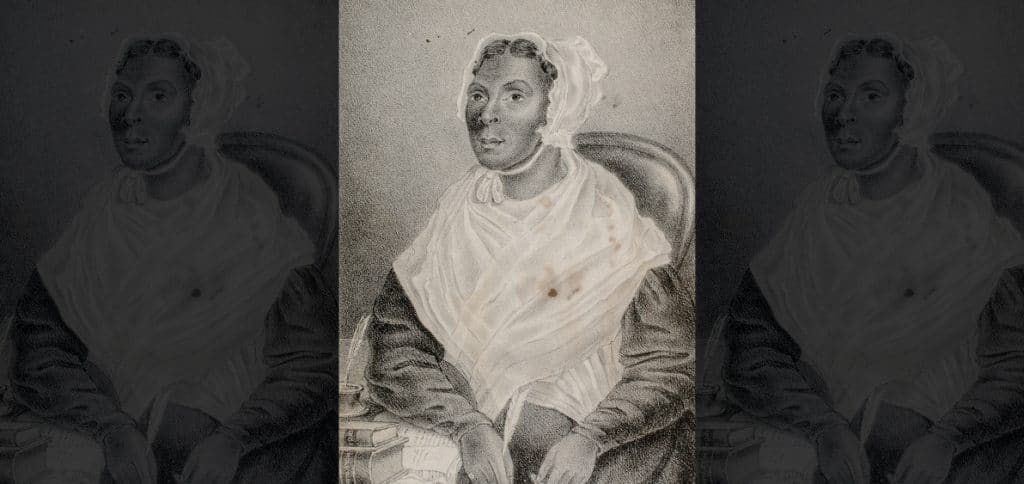Key Ideas
1. The formation of the new government of the United States of America raised important questions about women’s legal, economic, and social equality.
2. Women played a critical role in the formation of “American” identity and the early growth of the nation.
3. The experiences of women in this period varied widely based on race, class, age, gender identity, and geographic region.
Introduction
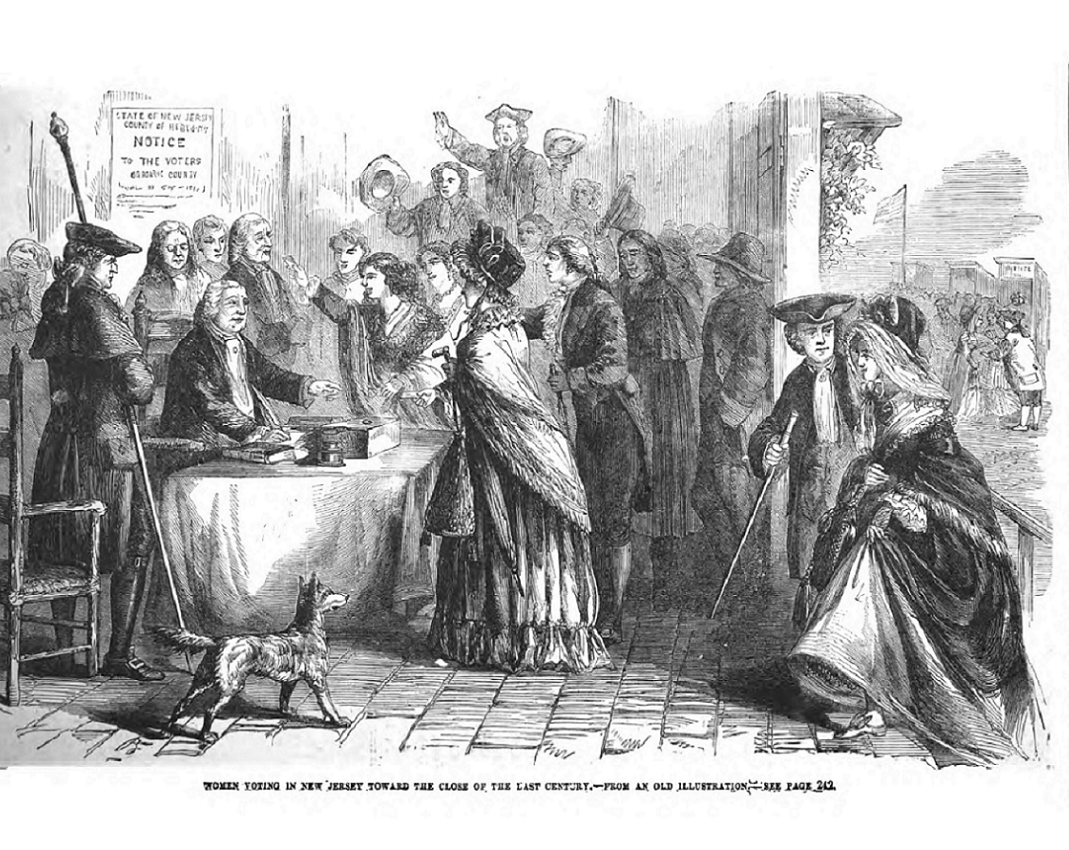
“Women Voting in New Jersey Toward the Close of the Last Century,” The American Magazine, 1877. Courtesy Hathi Trust The American Magazine. New York: Frank Leslie Publishing House [etc.], 18761906.
The Declaration of Independence created the United States of America as an independent nation, but the work of building the new country would take many decades of difficult and often contentious work. In the years between 1776 and the 1830s, a time historians call the Founding period, the people of the United States were called upon to answer three important questions:
- What is the U.S. government and who can participate in it?
- What is an American and what makes them special?
- How will the United States ensure a good quality of life for its people and future generations?
Women played a critical role in answering these questions. They closely followed the debates over the formation of the new nation. Some writers and philosophers started to agitate for women’s full equality under the law, a fight that would continue for the next two centuries. As the chief arbiters of American home life, women were instrumental in developing the food and defining the culture that would come to be seen as uniquely “American.” In addition, women of all races and social classes were swept up in the turmoil of U.S. westward expansion, with everyone striving to ensure that their communities would survive and thrive for generations to come.
Building a New Nation, 1776–1831 provides resources to allow you to easily explore all the ways women contributed to answering these three essential questions of the Federal period. The unit contains three sections: Navigating the New Government, which explores women’s relationships with the new federal and state governments; “American” Woman, which covers the ways women contributed to the formation of a uniquely American identity; and Early Expansion, which focuses on how women responded to and were affected by the major social and political changes of the United States’s geographic expansion. The resources in each section describe the experiences of a wide range of women across race, gender, age, social, and economic spectrums. You’ll meet women who advocated for social change, influenced their communities and country and created new opportunities for themselves and others. Some resources tell inspiring stories of accomplishment and ingenuity, while others force us to confront the oppression and exploitation that women faced every day. Many resources can easily be incorporated into your lessons, allowing you to introduce new ideas and avenues for exploration. Many of the resources “speak” to each other in interesting ways, allowing you and your students to compare and contrast women’s experiences across geographical, political, and social lines.
To get started, you can explore the 48 resources that make up this unit in two different ways: by “section” or by “theme.” Each resource comes with background information, a vocabulary list, and suggested activities for how you might integrate it into your lessons. Resources can be printed out individually or with various supplements included, depending on how you want to use them with your students. There are also links included on each resource page that will connect to other resources by topic or theme, so you can continue to follow interesting threads and see where they take you.
To learn more about the laws and rules affecting women during and immediately after the American Revolution, check out Could and Should.
Unit Essential Questions
1. How did women’s roles evolve in the early years of the new nation? What factors influenced this evolution?
2. How did women’s experiences vary as a result of race, class, age, gender identity, and geographic region?
3. Why is it important to consider women’s narratives and perspectives when learning about the early years of the United States?
Explore by Section
To learn about the early republic by topic, explore the sections below!
Navigating the New Government
When the new Constitution was ratified, there were still many unanswered questions about what role women would play in the new nation.
Go Now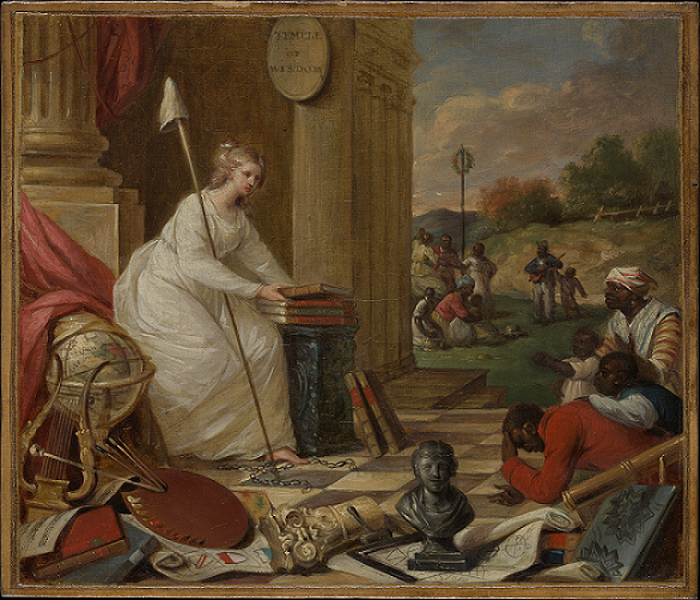
"American" Woman
In the early years of the Federal period, the people of the new United States of America were challenged with not only forming a new nation, but also defining what it meant to be an "American".
Go Now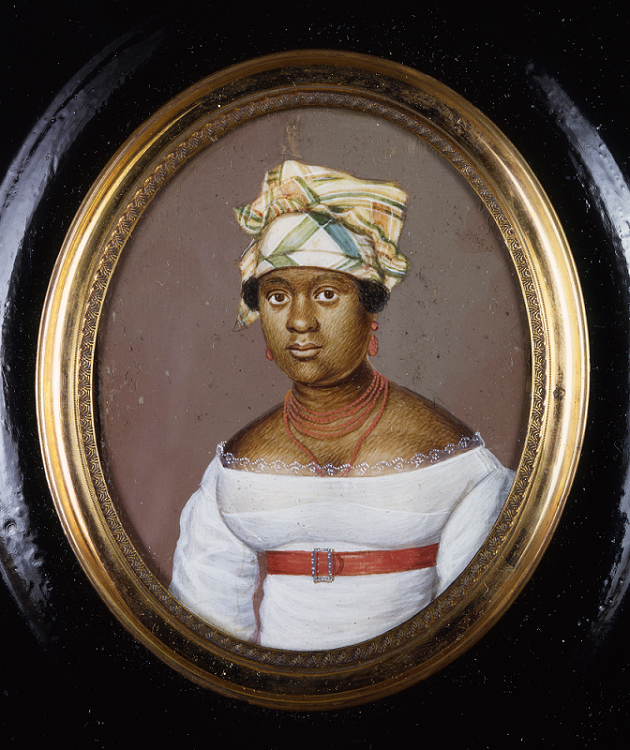
Early Expansion
Consider how women responded to and were affected by the major social and political changes of the United States’s geographic expansion.
Go Now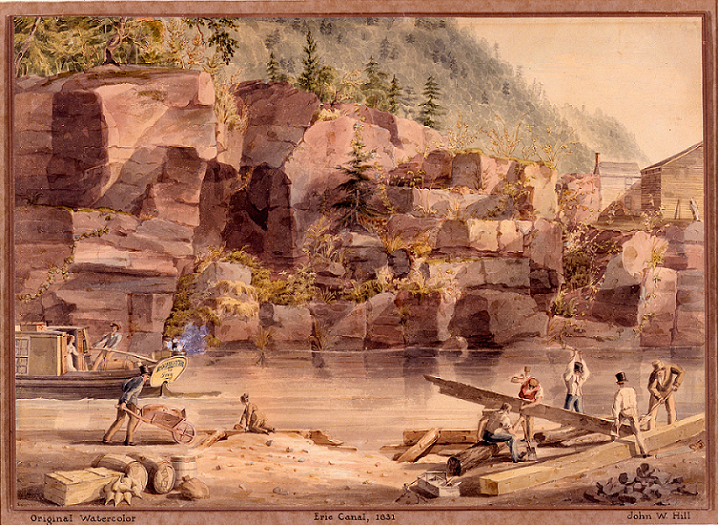
Explore by Theme
Explore resources related to common curricular topics and themes.
Activism and Social Change
American Identity and Citizenship
Domesticity and Family
Geography and the Environment
Immigration, Migration, and Settlement
Power and Politics
Science, Technology, and Medicine
Work, Labor, and Economy
View All Resources
Discover all the resources in this unit below and click through to the sections to find even more background information.


